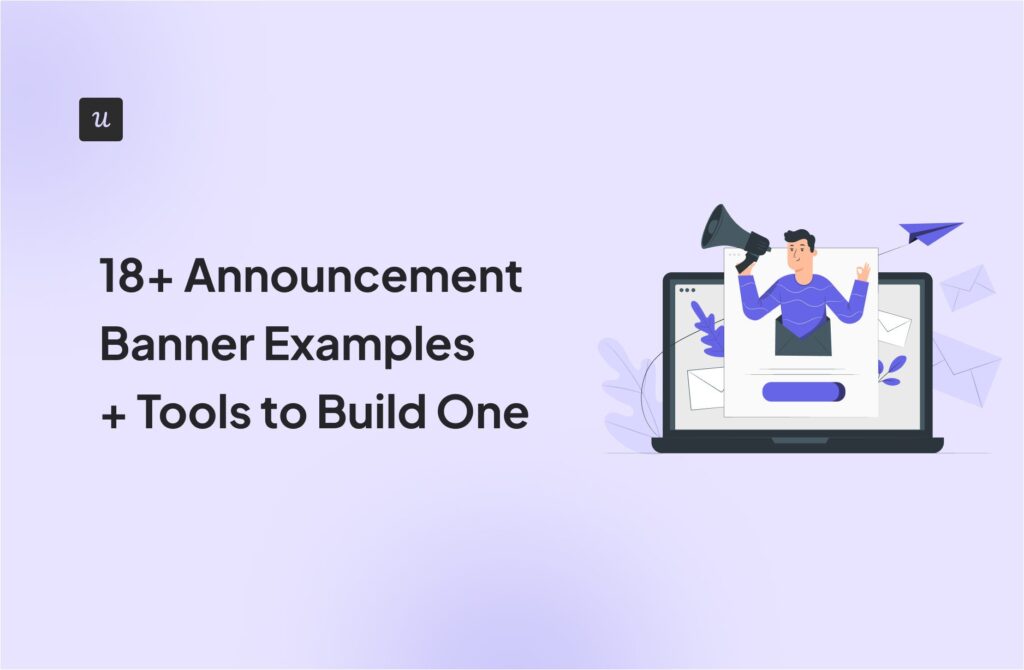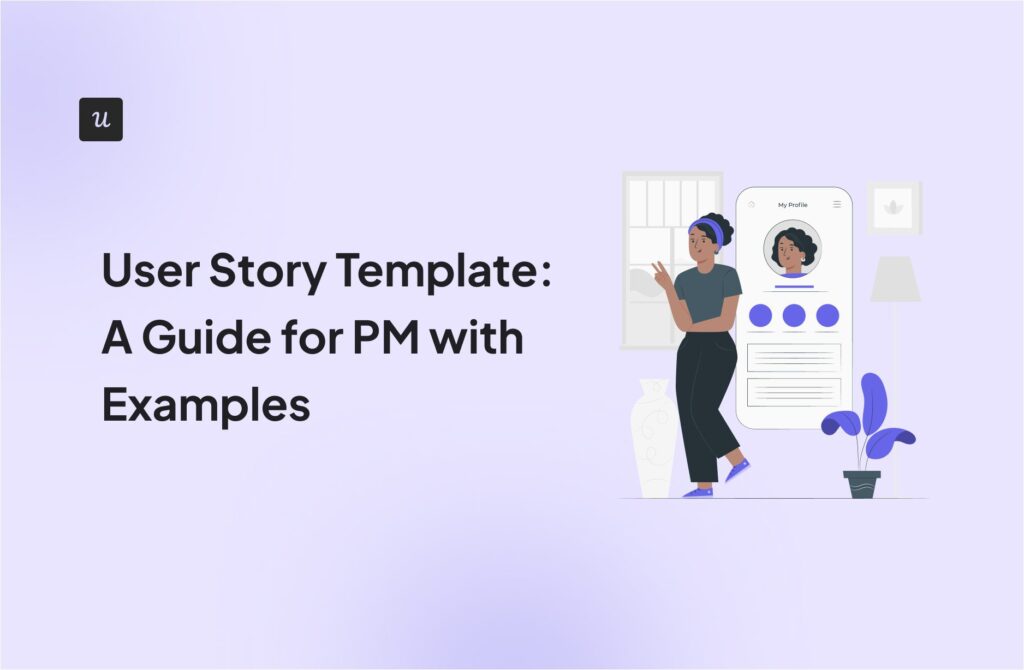
When it comes to product analytics, data is king.
Traditionally, SaaS companies had developers define important user actions and add custom tracking code to capture these events.
Nowadays, more and more businesses are switching to tools with built-in auto-capture features that simplify data collection and ensure that no significant user action is missed.
In this article, we’ll take a deep dive into auto-capture, its benefits, and use cases, and explore some tools that offer such functionalities.
Try Userpilot Now
See Why 1,000+ Teams Choose Userpilot

What is auto-capture?
Auto-capture is a feature in analytics tools that automatically records user interactions within a digital product, such as clicks, form submissions, and page views, without requiring developers to manually set up event tracking beforehand.
All you have to do is embed a single snippet of code on top of your app in the beginning, and starting from that moment, all events will be captured by default.
Auto-capture vs manual tracking
As opposed to auto-capture, manual tracking requires developers to insert a code for each event in order to track them.
Here are a few aspects where there are key differences between auto-capture and manual tracking:
- User-friendliness: Manual tagging involves multiple stakeholders and complex setups, making it less accessible for non-technical teams. Auto-capture simplifies data collection and democratizes data analysis across the organization thanks to its effortless setup.
- Adaptability to changes: With manual tracking, after product redesigns, every new element requires re-tagging, which can lead to potential data loss or inconsistencies. Auto-capture continuously collects data regardless of site changes, ensuring no gaps in data tracking.
- Insight discovery: Manual tagging limits data collection to predefined events, so unexpected questions require additional coding, leading to delays and missed opportunities. Auto-capture tracks all user interactions, enabling retroactive data analysis where you can discover insights without needing to anticipate them in advance.

Benefits of auto-capture for SaaS companies
Auto-capture brings multiple benefits to businesses looking to scale. These include, but aren’t limited to the following:
- Auto-capture saves time on data collection. This enables you to shift your efforts from data collection to more important tasks, such as analyzing user data and drawing meaningful insights.
- Auto-capture collects more reliable data: Auto-capture ensures a complete view — no more data gaps where you missed tracking an event for a few weeks. Auto-capture also avoids bias since it tracks everything — even the events that you might initially think are unimportant.
- Auto-capture enables deeper analysis of user behavior. By having a broad set of data points, you can perform more detailed segmentation, cohort analysis, and user journey mapping. This level of analysis helps in identifying friction points and optimizing the user experience more effectively.
What type of data does auto-capture track?
Generally speaking, different tools capture different interactions, but here are some of the most common events auto-capture records:
- Page views: A record is created each time a user visits a new page. This captures details like the URL, page title, and referrer.
- Clicks: Capturing each instance when a user clicks on an element in your app that leads to a specific action, such as a new page or triggering a feature within the app.
- Rage clicks: When a user clicks on the same spot multiple times in quick succession.
- Form interactions: Recording when users interact with or submit forms, such as sign-up or feedback forms.
- Sessions: The start and end of user sessions, including the duration and any specific session-based events.
Real-world use cases of auto-capture
Still not sure how auto-capture can be used in action? In the below section, we’ll explore some scenarios to help you better understand this feature.
Deliver personalized user experiences
The behavioral data collected with auto-capture can be used to build a comprehensive profile of each user’s behavior, preferences, and needs.
You can segment users based on their product usage and trigger highly relevant engagement flows.
For example, you can group users who have reached the usage limit of a particular feature and trigger a personalized upsell message for them.

Identify drop-offs in user journeys
Auto-capture records all user interactions through different stages of the funnel, giving a complete overview of the user journey.
By analyzing all your data, product teams can pinpoint the specific steps where users drop off, revealing areas of friction.
You can then leverage other qualitative research methods to identify the specific problem and fix it to improve the user experience.

Inform product development
Auto-capture informs product development by continuously gathering data on how users interact with existing features and navigate through the product. This comprehensive data set highlights which features are most used, which ones are underutilized, and where users face challenges.
For example, if auto-capture data shows that a significant portion of users is not engaging with a recently launched feature, the product team can investigate why. It could be due to poor discoverability, complexity, or lack of perceived value.
With these insights, the product team can make informed decisions on whether to redesign, simplify, or better promote the feature.
Best tools for auto-capture
Now that you understand the potential of auto-capture, the next question is which tools offer the most robust capabilities for it.
Here are the best tools for auto-capture!
Userpilot
Userpilot is a product growth platform with robust analytics, feedback, and engagement capabilities.
You can begin tracking user interactions once Userpilot’s code snippet is integrated into your web app.
Userpilot captures the following in-app events:
- Meaningful clicks: These refer to interactions where users click on elements that trigger a change or action on the page, such as buttons, links, or other interactive components.
- Text input: This tracks any changes users make to text fields. Userpilot links these interactions to the specific form input names, making them easy to identify. For example, you can quickly search for text inputs related to the search bar in your resource center. This helps you understand what customers are searching for, allowing you to optimize your customer support more effectively.
- Form submissions: Form submissions are recorded when a user completes and submits a form within your product, such as when registering for an account or submitting a feedback form.
All captured events are initially classified as raw events and show only minimum information like interaction type, total occurrence, and last occurred event.

To get more out of captured data, you need to filter it and label the interactions that are crucial for your business.
When you label an event, you can define its properties and add additional metadata to it. Once labeled, all historical and subsequent events migrate to the Overview tab.

From here, you can use the event data for analytics purposes. You can include it as a segmentation condition or conduct a retroactive analysis for actionable insights.

Pendo
Pendo is a product experience analytics platform for web and mobile apps.
Pendo’s auto-capture tool will automatically track a specific list of browser events upon installation. These include clicks, focus, changes in input boxes, and form submissions.
If certain UI elements on your app (images, links, etc.) record a high degree of customer engagement, they’ll appear on Pendo’s Suggested Features list in its Visual Design Studio.
You cannot analyze or use Suggested Events in reports until they are tagged and processed.
Pendo users can accept (i.e. track) the suggested feature or delete it. Pendo will keep UI elements with high engagement in the Suggested Features list for 36 hours. Afterward, Pendo drops it from the list until it’s interacted with again.

Posthog
Posthog is an open-source product analytics software.
Posthog auto-capture tracks key events like clicks, input changes, form submissions, page views & leaves, and even rage clicks and screens.
You can configure the auto-capture tool to collect additional properties from your events, like element values or metadata.
Posthog lets you filter auto-captured events by tag name, href target, and CSS selectors. You can also track along user’s chain of events with Posthog’s query language, HogQL. Event data can also be organized or renamed.

Heap
Heap is a comprehensive product analytics tool and one of the pioneer auto-capture tools.
Heap allows you to not only track events automatically but also combine a few actions together into custom events.
Heap’s Explore Raw Events page provides a complete record of user actions. You get an overview of your top pages based on user engagement, as well as the top actions taken per page.
The cards on the top of the page reflect your most visited pages over a given period and the number of users that visited that page.
You can filter actions according to the page by selecting any of the cards at the top of the page. Labeled events are identified with tags. Suggested events to label are on the top of the list with an accompanying icon for swift identification. You can also use the search bar to look up specific events.
Heap has the option to generate charts from any action by clicking on them. You can jump to analysis straight from the page, contextualizing actions with usage over time, funnel, or path analysis.

Conclusion
Auto-capture is a game-changer for product analytics, providing a comprehensive view of user interactions without the manual effort of traditional tracking methods.
The data collected with auto-capture can be leveraged to improve product experiences and drive business growth.
Ready to explore the potential of auto-capture? Sign up for a free Userpilot demo today!








